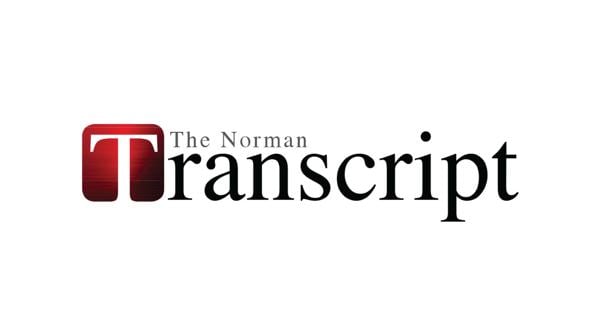
Law enforcement and cybersecurity experts are warning of election tampering schemes that use artificial intelligence (AI) to produce propaganda capable of influencing elections in the United States.
Last week, at a meeting of the Judicial Conference of the United States, the chair of the Conferenceâs Committee on Information Technology, Judge Michael Scudder, warned of attacks on Novemberâs US general election from individuals and unfriendly nations.
âForeign adversaries see the election as an opportunity not just to spread misinformation, but, more broadly, to sow distrust in the workings of the American government of which we are a part,â Scudder said (USCourts.gov).
Three countries appear to be the main users of artificial intelligence to generate disinformation: Iran, China and Russia, with Russia
Last week, the Office of the Director of National Intelligence (www.dni.gov), in a report from its Foreign Malign Influence Center titled, â45 Days Until Election 2024,â stated, âThe IC is observing foreign actors, including Russia and Iran, use generative AI technology to boost their respective U.S. election influence efforts⦠Methods to accomplish this include laundering material through prominent figures, publishing on inauthentic social media accounts or websites pretending to be legitimate news outlets, or releasing supposed âleaksâ of AI-generated content that appear sensitive or controversial.â
âOf the top three actors we are tracking, Russia has generated the most AI content related to the election and has done so across all four mediumsâtext, images, audio, and video.â Iran has used AI to create fake news stories and social media posts targeting âvoters across the political spectrum on polarizing issues, such as the Israel-Gaza conflict and on the presidential candidates.â
âChina,â the report continues, has not been targeting US elections, but instead has used AI âin broader influence operations seeking to shape global views of China and amplify divisive U.S. political issues⦠pro-China online actors this year have used AI-generated news anchors and inauthentic social media accounts with AI-generated profile pictures to sow divisions on issues such as drug use, immigration, and abortion.â
Foreign countries using artificial intelligence to hack the US elections by sowing disinformation is all very interesting, creepy and scary, but what are we, the regular folks out here in the field, supposed to do about it? We canât fight Russian hackers; how are everyday Americans supposed to stay safe?
Since we are dealing with propaganda and disinformation generated by AI, it all boils down to being able to tell the genuine from the counterfeit, the real from the fake. If youâve ever looked at the methods experts use to detect fake US currency, you know itâs all about the details. Are lines that are supposed to be straight broken up or wavy? Hold the bill up to the light and look for watermarks. Look for blurry ink or text. The methods for detecting disinformation generated by AI are similar: look at the details.
âDeepfakesâ are AI-generated images or videos portraying events that never happened, or famous people doing things they never did. The Massachusetts Institute of Technology (MIT) has developed some methods and tutorials for detecting deepfakes to help you learn to avoid being suckered in by every phony video or picture that comes along.
First, visit their website, “Detect DeepFakes: How to counteract misinformation created by AI,” found at www.media.mit.edu/projects/detect-fakes/overview. You will find links to the “DetectFakes Experiment,” to see for yourself how accurately you can identify 414 images as being fake or real. Before you dive into that one, though, you might want to read their recent paper, “How to Distinguish AI-Generated Images from Authentic Photographs.”
You will definitely want to click the link to watch the video, âElection Misinformation Symposium: Fighting Misinfo Through Fact-checking and Deepfake Detection.â
Deepfakes and information generated by AI can sometimes be very difficult to detect, so advanced programs using AI to detect AI have been invented. AI detection programs are sometimes free to use, and can sometimes cost many thousands of dollars.
Detection accuracy becomes vitally important when you live in a world like mine, where you have customers being fooled by deepfake phone calls that sound just like their boss telling them what to do, deepfake news stories telling them what to believe about certain news events or political candidates, or deepfake forged documents controlling large financial transactions.






